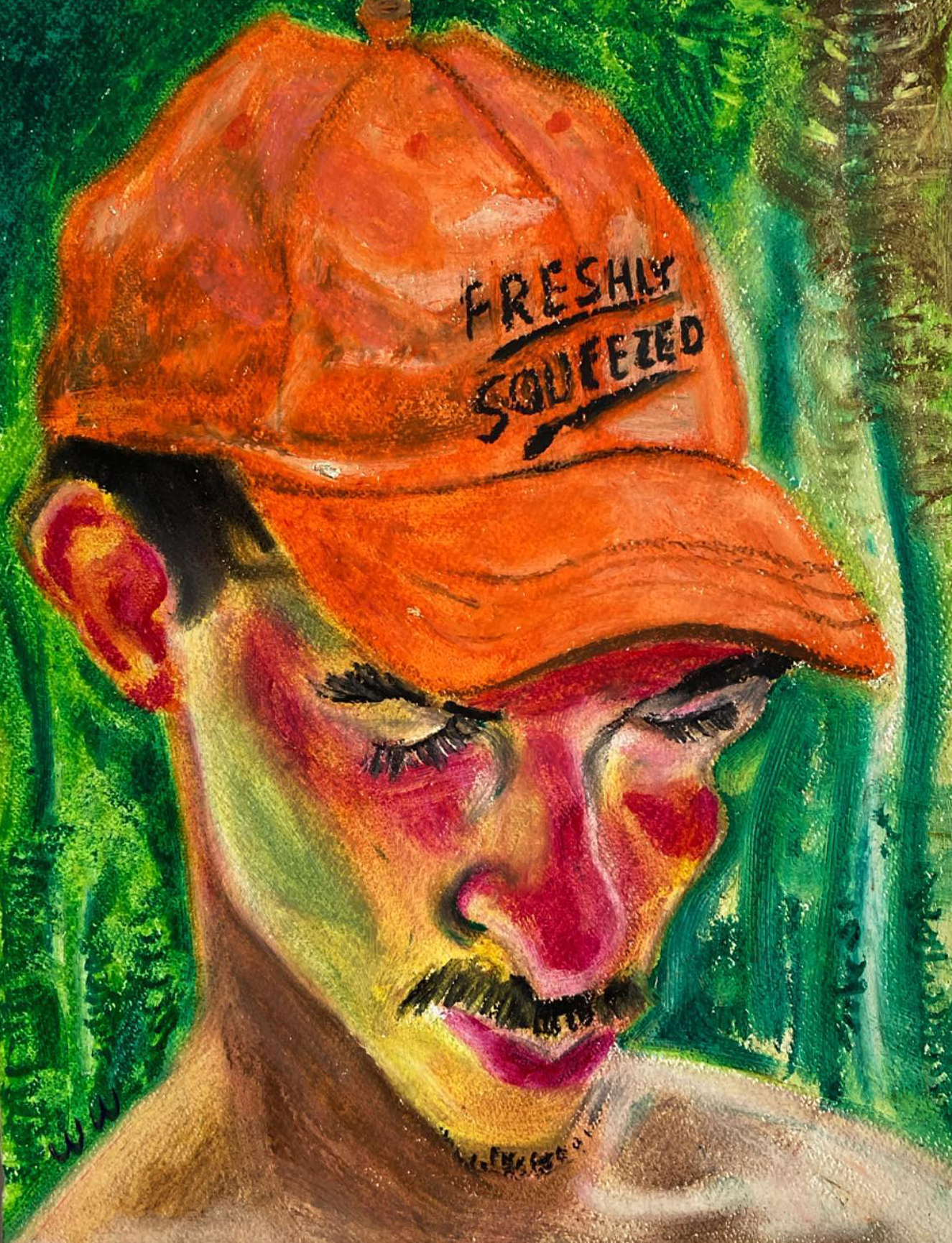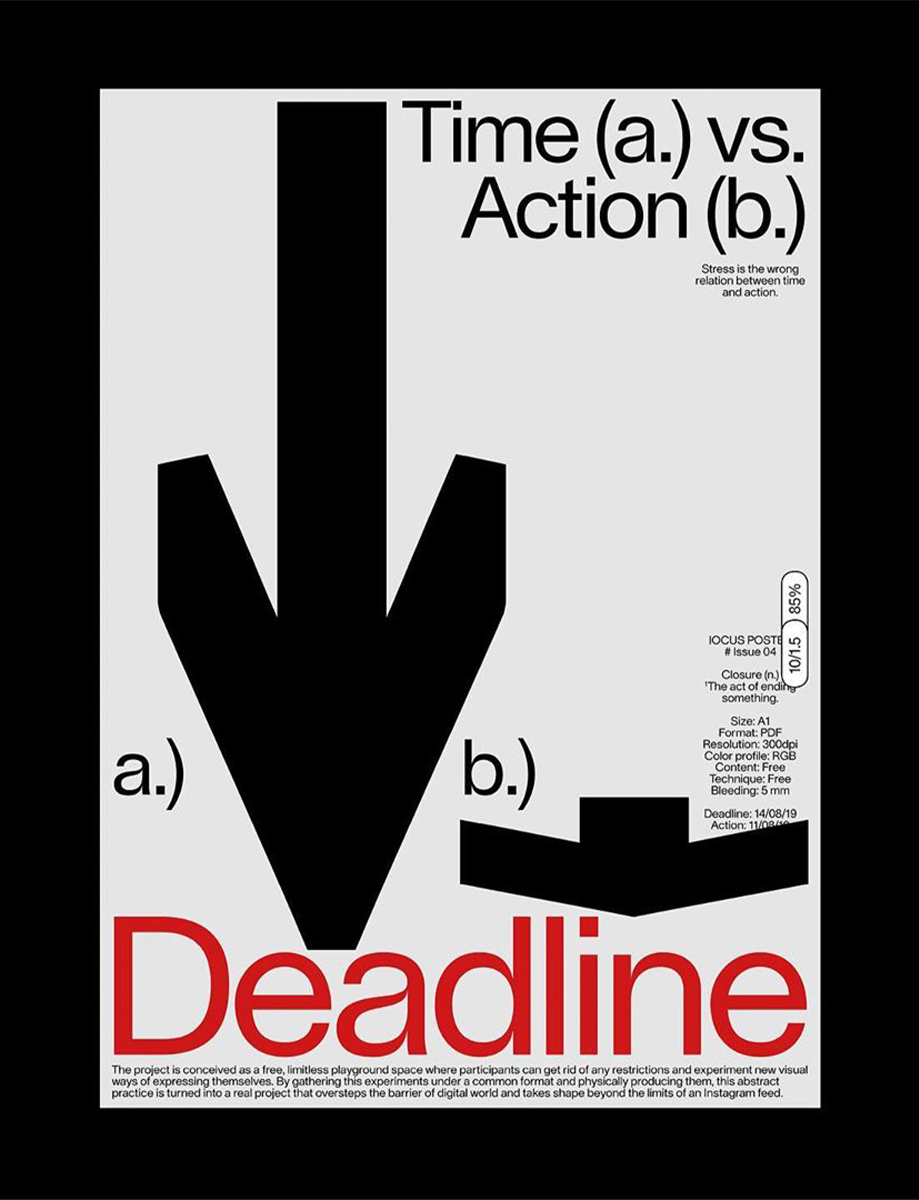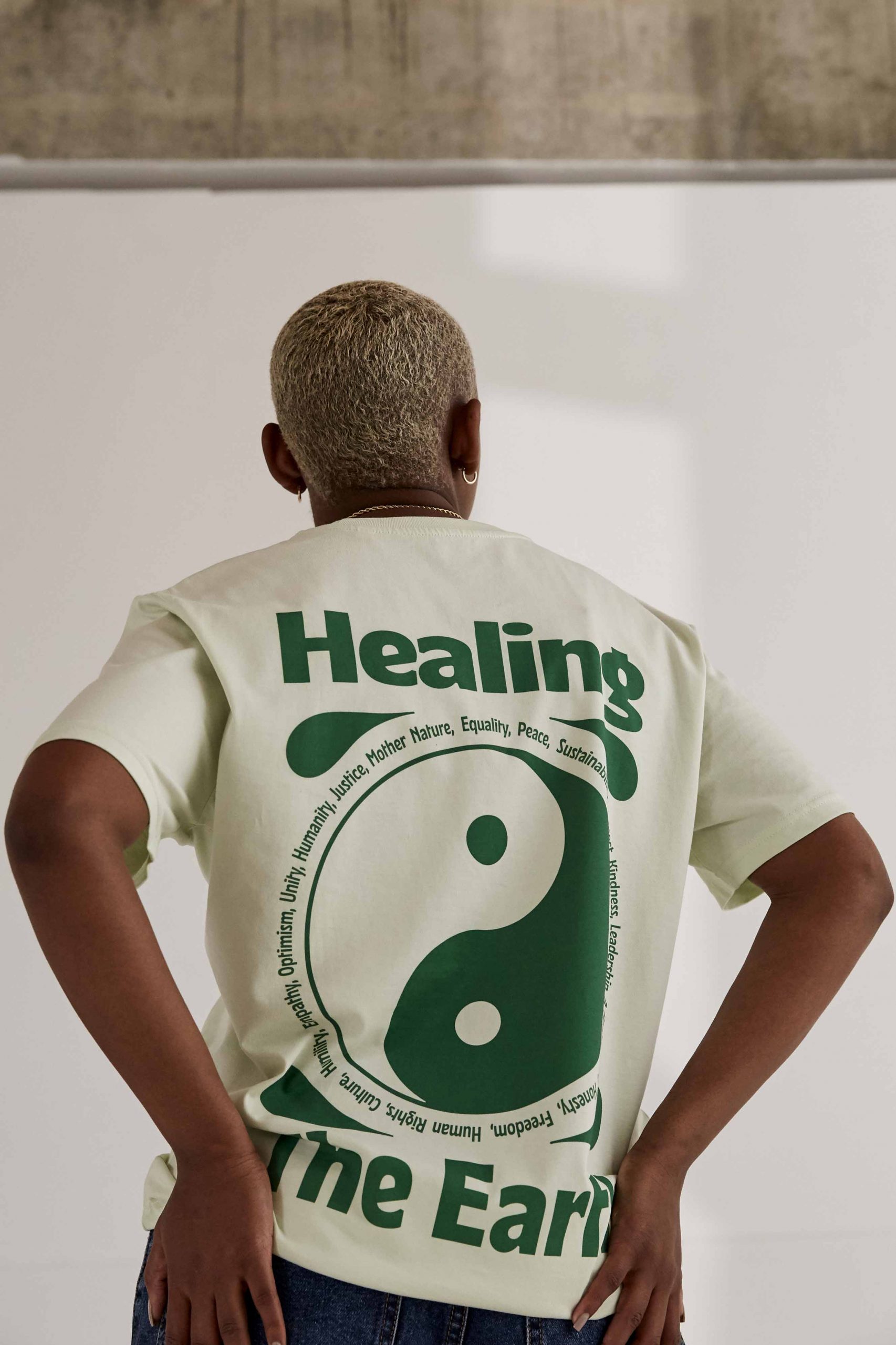I read that one of your early jobs was as a headbuilder for Spitting Image. I found that really funny because I can definitely see similarities between the figures in the show and your work now. Can you talk a little about your route to becoming an artist?
I did graphic design at college but I was a terrible designer. When I got a job as an apprentice at Spitting Image, basically by luck, it was a massive relief. All I did at first was make the blinking mechanisms for the puppets but it was a lot better than typography. After Spits I had various design and model making jobs but in my heart I always wanted to be an artist.

Your pieces often seem to capture the ‘essence’ of your sitters, as opposed to a true representation of how they look. As a portrait artist, how do you develop a relationship with your subjects?
If it’s a famous person I’ll do lots of drawings from photos in an attempt to skewer the features that make them them. If it’s an ‘ordinary’ person I’ll draw them from life, usually after a cup of tea and a chat to find out a bit about them and feel relaxed together.
I’ve never seen a boring face
Do you have any instinct now for the kind of face that will make for a good portrait, or do you find you still have to find out by beginning a work?
I’ve never seen a boring face. Big features are obviously fun to do. Pretty young people are the most difficult because there’s less fun stuff to hit on. One thing I don’t like doing is heavy makeup, but even then I usually think that if the person wants to look a weird colour, or flat, or bland, then I’ll just exaggerate that a little bit. I drew a very orange looking girl the other day, I asked her if she’d been on a sun bed and she said no, it was a certain shade of foundation. It was quite unpleasant to look at but then I thought, if she wants to look orange then I’ll draw her orange.

Though you work almost exclusively in portraits your practice spans mediums, particularly sculpture and drawing. I’m interested in the interplay between these two different parts of your practice, particularly because your drawings often feel very alive and multi-dimensional.
Yes you’re right though I have been doing a few landscapes recently in an attempt to broaden out a bit. I like switching around mediums to stay fresh. When I get bored of sculpting there’s always drawing and vice versa. Oil painting is the thing I’d like to have a go at next.
How do you know when something you are working on is finished?
There’s a point when I do something unnecessary that amounts to fiddling for the sake of it. At that moment I must stop immediately.

When do you know it’s time to give up on something?
I rarely do, because as Mrs Thatcher said, lots of people can start things but not many people can finish things.
I like switching around mediums

Your T-shirt raises funds for akt, a charity for vulnerable LGBTQ+ young people, who are homeless or living in hostile environments. Why did you want to help support young people in the queer community specifically? If you’re comfortable, what was your own experience of being a young gay person?
Even now young people can have a hard time coming out to their family and occasionally end up homeless. I’m glad AKT exists as a fall back and would like to support it.
I never really thought of myself as ‘gay’, I just found both sexes attractive. I was ashamed of this, and still am in a way. I’m worried people will think I’m greedy or undiscriminating. It was always easier to call myself gay rather than bisexual. I think these feelings stick with you, even though it’s far more ok to be gay, or bisexual, or anything else you like in London these days.
Read More: Gut Level: A Space For Freaks






